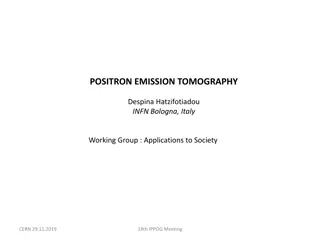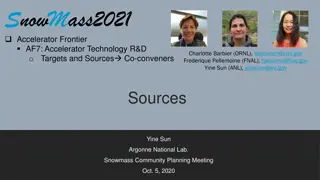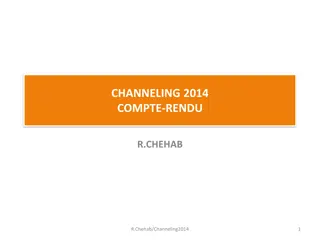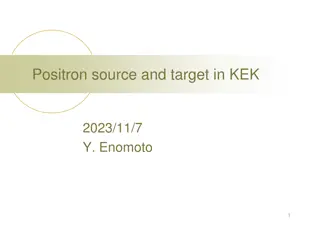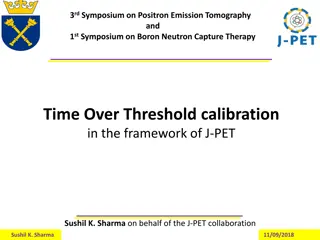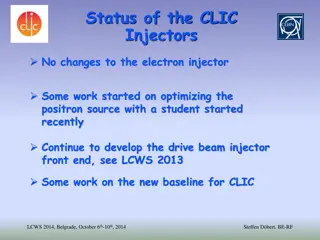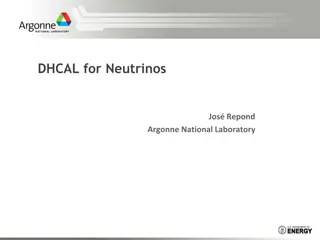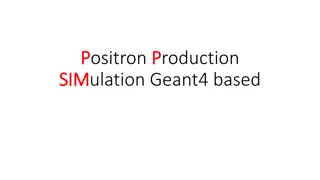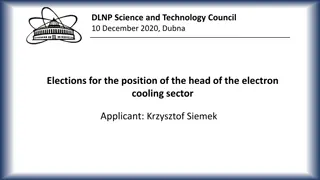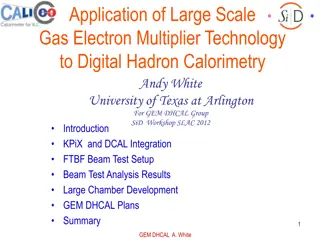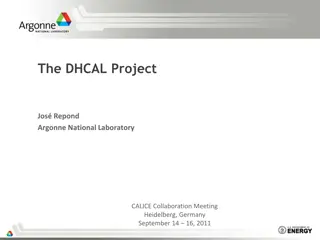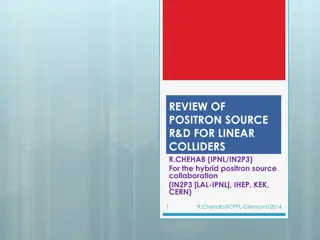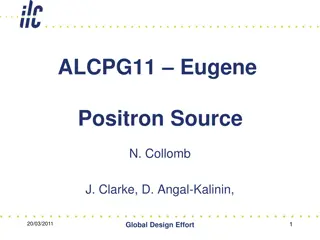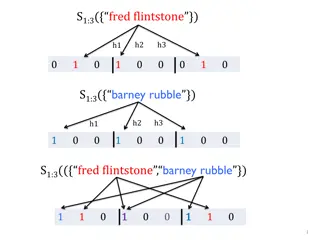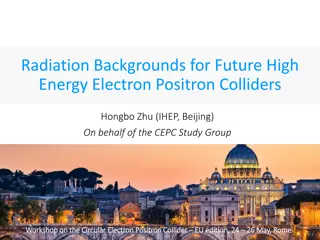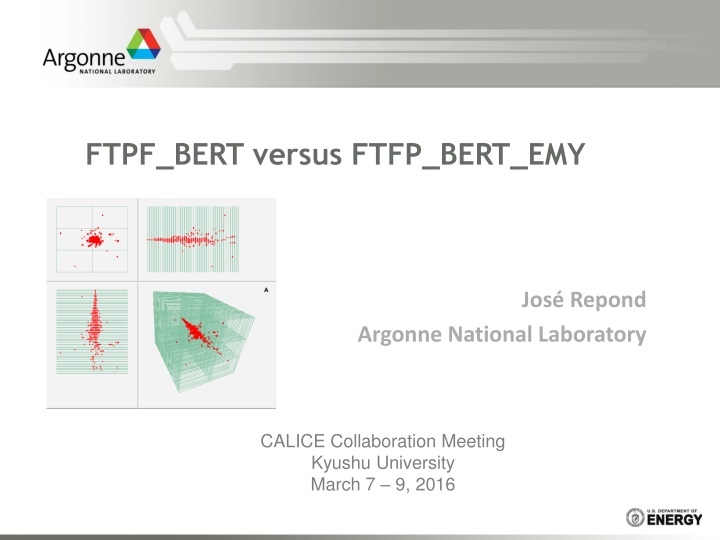
Comparison of Results: GEANT4 Simulation Improvements for RPC Gas Interactions
Exploring the enhancements made in GEANT4 simulation using the _EMY physics list for RPC gas interactions, yielding better agreement with data in a Min-DHCAL study at Fermilab. The solution involved discussions with experts, retuning digitizer parameters, and comparing various simulation outcomes based on energy resolution, shower shapes, and overall performance.
Download Presentation

Please find below an Image/Link to download the presentation.
The content on the website is provided AS IS for your information and personal use only. It may not be sold, licensed, or shared on other websites without obtaining consent from the author. If you encounter any issues during the download, it is possible that the publisher has removed the file from their server.
You are allowed to download the files provided on this website for personal or commercial use, subject to the condition that they are used lawfully. All files are the property of their respective owners.
The content on the website is provided AS IS for your information and personal use only. It may not be sold, licensed, or shared on other websites without obtaining consent from the author.
E N D
Presentation Transcript
FTPF_BERT versus FTFP_BERT_EMY Jos Repond Argonne National Laboratory CALICE Collaboration Meeting Kyushu University March 7 9, 2016
The offending plot Min-DHCAL data 50 layers of RPCs, each 0.29 X0, no additional absorber Data taken at Fermilab: 1 10 GeV/c e+ analysis Performed by Benjamin Freund MC samples by Burak Bilki Digitizer Tuned to reproduce through-going muons and e+ at 3 and 10 GeV Problem Despite many attempts poor agreement between data and simulation Worst agreement with energy resolution: ~ 15% discrepancy 2
Solving the problem Suspicion GEANT4 is not producing enough interactions in the RPC gas Discussion with Andrea Dotti and Vladimir Ivantchenko suggestion to use the _EMY physics list _EMY physics list Higher precision electromagnetic shower Particularly appropriate when thin layers involved Use of different physics list Requires retuning of digitizer parameters 3
http://geant4.cern.ch/collaboration/working_groups/electromagnetic/physlist10.2.shtmlhttp://geant4.cern.ch/collaboration/working_groups/electromagnetic/physlist10.2.shtml _EMY 4
Comparison of results without and with _EMY Response versus e+ energy Fit of simulated data can now include low energy points 5
Comparison of results without and with _EMY Energy resolution versus e+ energy Now smooth behavior and only slightly better than measurement 6
Comparison of results without and with _EMY Longitudinal shower shape Some improvement, better dispersion 7
Comparison of results without and with _EMY Radial shower shape (Different chi-square cut for axis-fit changed both data and MC) 6 GeV Significant improvement 8
Comparison of results without and with _EMY Hit density within in 3 x 3 x 3 area within 1 layer Some improvement, but still not very nice The hit density is important, as it will be used to a) equalize the RPC response b) linearize the DHCAL response to positrons 9
Conclusion Min-DHCAL provides data with extremely high spatial segmentation Use of FTPF_BERT_EMY significantly improved the simulation Agreement between data and simulation now acceptable, often excellent Paper completed and submitted to arXiv:1603.01652 Paper was submitted to JINST yesterday Min-DHCAL pion paper being updated and almost ready for editorial board 10


